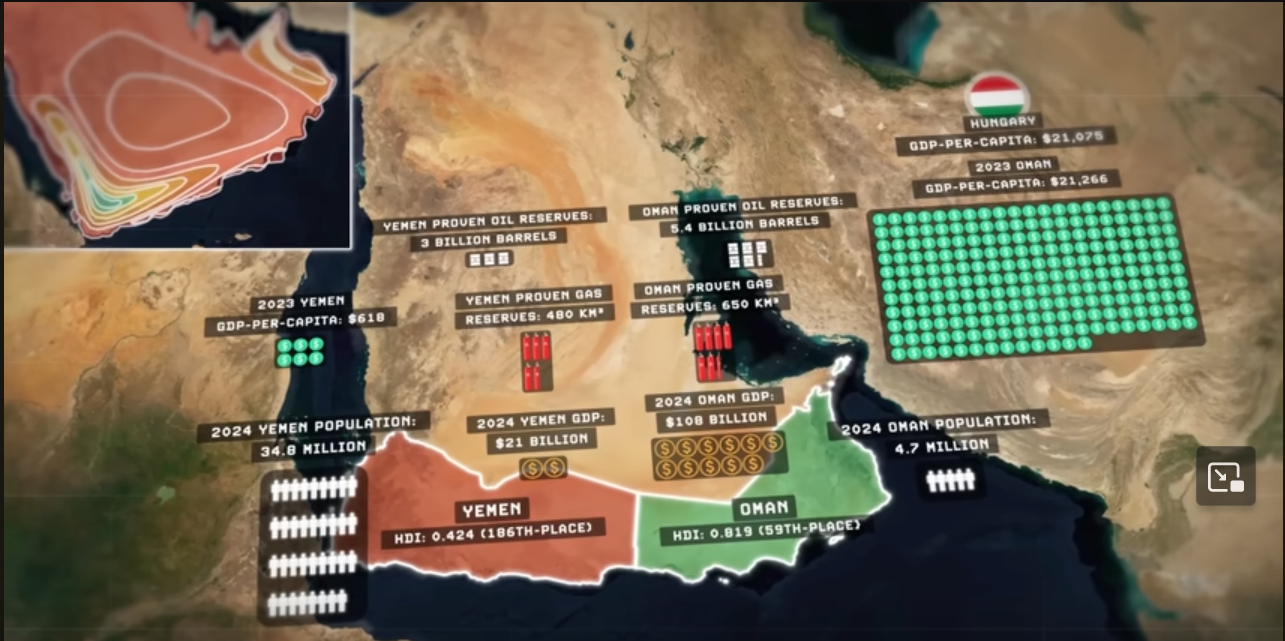During the late nineteenth century, Somalis were already recognized as a significant pres-
ence in Aden, which, due to its superb natural harbour, attracted traders from all over
the world. Somali businessmen used Aden as an export market for livestock, livestock
products and charcoal, particularly after it became a garrison town under British control
in the early twentieth century.3 The Berbera–Aden sea-corridor remains an important
trade and travel route today, although it has been affected by the rise of Djibouti and
Dubai—and to a lesser extent Bosasso—as important hubs in the wider maritime region.
The Bosasso–Mukalla sea-corridor to the east also has a longstanding history of trade
and mobility, linking a different set of Somali and Yemeni communities and their territo-
rial hinterlands to those of the Berbera–Aden route. East of Bosasso, the fishing sector
links a more dispersed group of smaller maritime centres, including Bargaal, Bareedo,
Tooxin and Xaabo on the Somalia side, to Mukalla and the smaller sea-ports of Al Shihir
and Qusay’ir on the Yemen coast.


